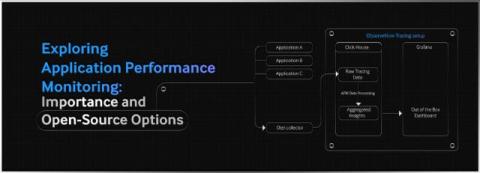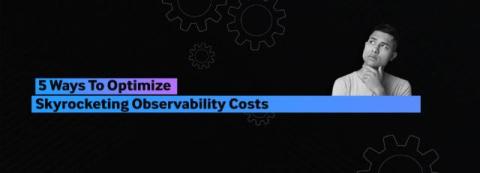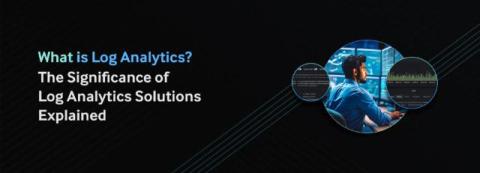The Hidden DevOps Problem: Why Tools Alone Aren't Enough
In today’s fast-paced software product development world, efficiency and innovation aren’t just important — they’re everything. DevOps engineers and SREs are tasked with maintaining high-performing systems, improving deployment frequency, and ensuring stability while navigating a dizzying amount of tools. Developers who write code also need to learn these tools and are dependent on them to do their jobs. So what’s the problem?











